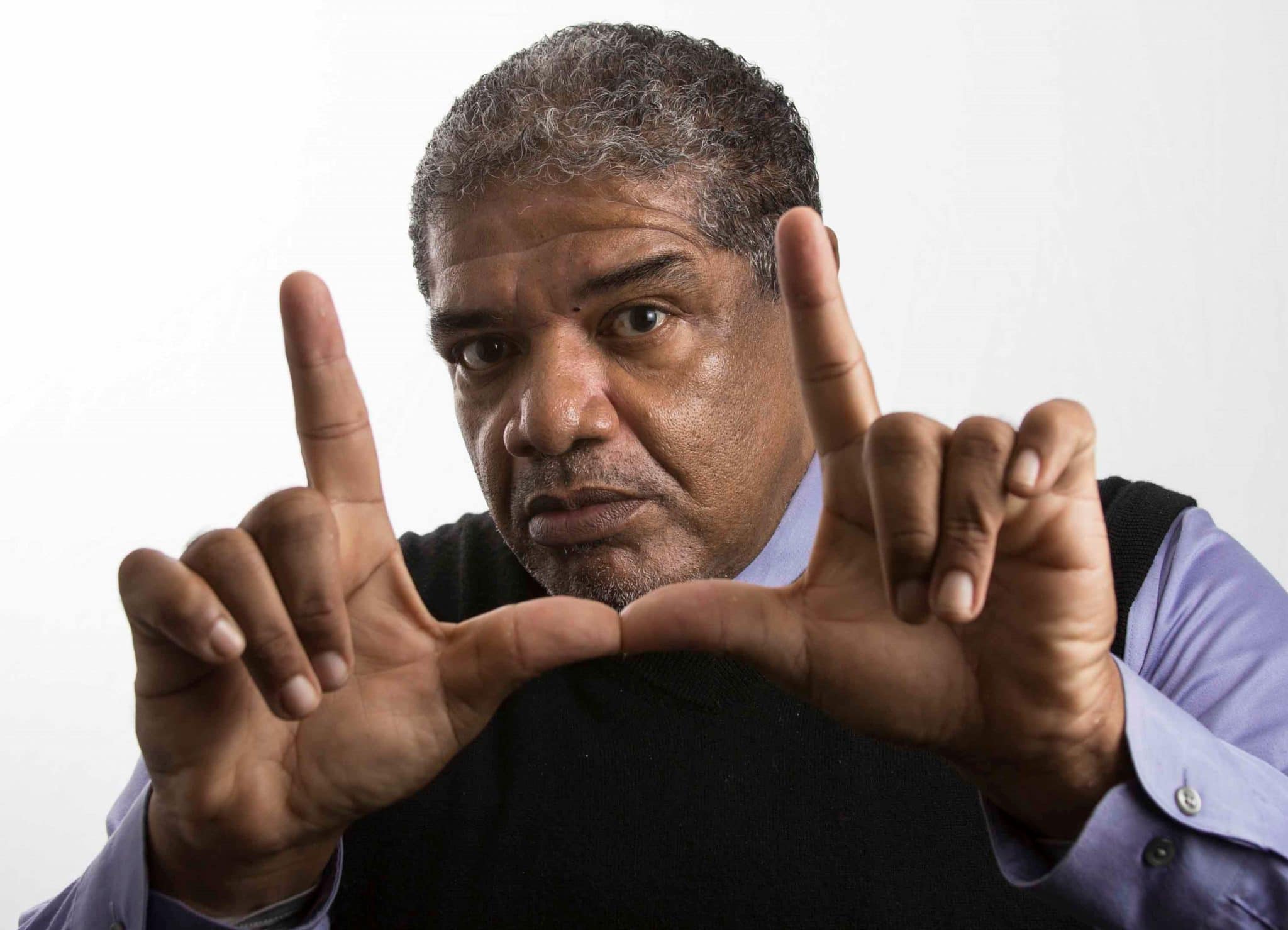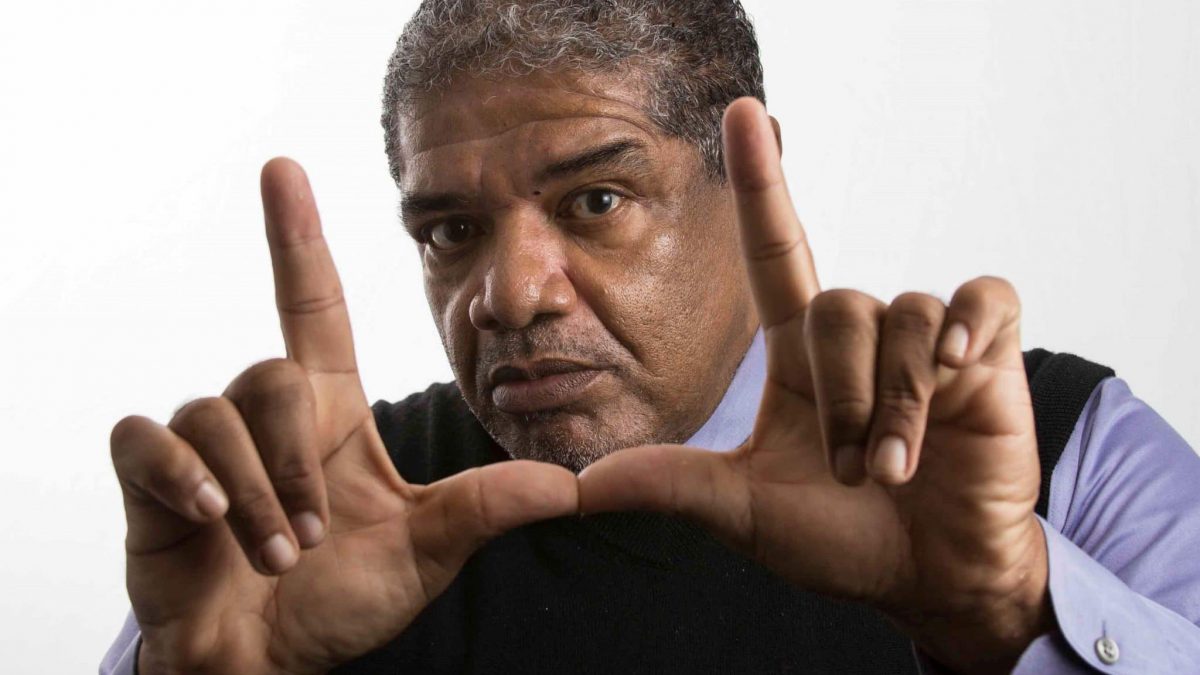
The gift of being able to tell stories is a precious thing. Wanting to do it—and, then doing it—represents your calling. As humans, we should embrace our calling in life, not turn from it.
Don’t let anyone tell you that you can’t. Don’t allow rejections and overwhelming negative feedback to push you toward giving up. Every calling must be nurtured—it must be shown respect and care. Since Gutenberg and friends made movable type available to common folk, there have been a billion words written. And, I’d venture a guess that since the first movie “photoplay” was crafted, a third of that billion have been about the process of writing for the screen or fiction. I have done both.
Storytelling has been an abiding obsession of mine for most of my life. In grade seven, at the Bret Harte Junior High in Los Angeles, I had the most extraordinary English teacher who has ever breathed air on planet earth. Her name was Linda Yamada. A second-year Japanese teacher with a class of poor and lower middle class black kids…. each of us, fresh from the trauma of the Watts Rebellion and the biting nature of life on the Southside of the LA dream, saw something in me.
On a clear and perfect November morning, Miss Yamada said: “Lindell, writing is your destiny. You can do this. You can create. Don’t ever stop.” Now, that might not seem like much, but when your daily reality is avoiding gang violence while hurrying down Hoover Street, avoiding getting rousted by LAPD’s finest, and the unrelenting anxiety of being poor, her words imbued a sacred resonance. When you’re a kid, and a gifted, beautiful Japanese teacher believes in you, it starts a fire of hope in your haunted heart.
Part of the writing journey is finding people who believe in you—and encourage you to “not quit.” Writing is a solitary craft. The novels I have written were primarily penned between 1 o’clock in the morning and 4 o’clock in the morning, alternatively drinking coffee from a Keurig chased with cheap Pinot Noir from Target and a bottle of Bayer Aspirin, 81 mg, next to the mouse.
I’d written eight or nine screenplays before I ever heard of Blake Snyder and Save the Cat! So, I thought I had a handle on screenwriting. But as I immersed myself in the Snyder ethos, and understood what he was actually demanding of writers, it became, for me, a quintessential moment of clarity. I thought: “How have I missed this? I never outlined anything.”
I did use mind maps to build out character “backstory,” but the process of outlining a story from beginning-to-end… uh, no.
I persisted under some delusion that outlining a story somehow cheated my creative energy. What kind of writer could say at the beginning how the story was going to end?
As a practical matter, I was compelled to face all the books and screenplays that I had finished. I had 30 more in boxes, cabinets, on 3.5 inch floppy disks, and on computers that I no longer know how to turn on or even if they work—pieces of stories, unfinished, searching for resolution.
I once put 61,000 words—and a year of my life—into a novel and was unable to finish it: 61,000 words. I have at least eight screenplays between 50 and 70 pages long that I’ve given up on.
Blake Snyder and Save the Cat! did something for me: the ethos presented me with a simple stratagem that allowed me to finish. My first film project after I read Snyder’s book was our feature length documentary film Lone Star Holy War. This movie is about the politics that caused the end of the 119-year football rivalry between University of Texas and Texas A&M. I didn’t know if the strategy could be used on a documentary, but I found that it worked perfectly.
Since I wrote that film using Blake’s story structure and beat sheet, I have never not finished anything I’ve started (when I discipline myself and use the structure and outline I learned from studying Snyder). Detractors may say that it’s “formulaic” or a produces “cookie-cutter projects” ( I don’t even know what that means), but Blake’s principles work for me.
Clearly, they have liberated me to finish my latest work in fiction, Prophet Smith of Shreveport. It is the second novel in my series of African-American historical fiction about Nehemiah Freedman, a black man in the early 20th century who is, as folks say, “passing” for white. That was never his plan, nor did he want to, it just evolved into a necessity to live and survive. Freedman is tormented by the choices that he’s made and the discordant reality of being in two Americas, but part of neither.
Being a Los Angeles kid, I loved the city, Chandler, Mosley and, of course, Chinatown, so how can I not pick up the flickering torch of a detective story and embrace a film noir zeitgeist? But I digress. I could talk about my big five: the five definitive screenplays unfolding what Los Angeles was to me… but that is for another article.
The inculcated ethos of Save the Cat!—the de-mystification of genre and sub-genre, the essential verisimilitude of understanding the world inhabited by your characters, allowing them to be true to who and what they are—demands you finish their story.
If you embrace what Snyder has presented to the universe, you will finish your story. And that story begets another and then another. You will fulfill the bright promise of your destiny. You will be known as a storyteller who finishes.
Let that be your way to start the new year.









